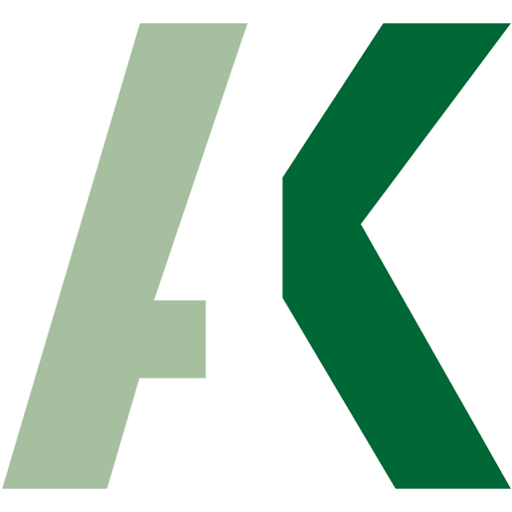The popularity of sneakers has skyrocketed in recent years, leading to a surge in demand for effective cleaning solutions. Sneaker wipes have emerged as a convenient and efficient way to keep footwear looking fresh. However, the production cost of sneaker wipes can vary significantly based on several factors. This guide will delve into the key elements that influence the overall cost, helping you make informed decisions when sourcing your sneaker wipes.
Key Factors Affecting Sneaker Wipes Production Cost
-
Non-Woven Fabric:
- Material: The type of non-woven fabric used can greatly impact cost. Options include spunlace, airlaid, and meltblown fabrics, each with varying levels of absorbency and durability.
- Weight: The weight of the fabric directly influences the cost per wipe. Heavier fabrics generally provide better cleaning performance but also increase production costs.
- Size: The size of the wipe affects the amount of material used and, consequently, the overall cost.
-
Cleaning Solution:
- Ingredients: The specific ingredients in the cleaning solution play a crucial role in determining cost. High-quality, natural ingredients and specialized formulas often come at a premium.
- Concentration: The concentration of cleaning agents affects both the effectiveness and cost of the solution.
- Quantity: The amount of solution used per wipe impacts the overall cost of the product.
-
Packaging:
- Material: Packaging materials can range from simple plastic pouches to more sophisticated, branded containers. The choice of packaging material affects both cost and perceived value.
- Size and Shape: The size and shape of the packaging influence the amount of material required and the complexity of the packaging process.
- Customization: Custom packaging, such as branded labels and designs, can increase production costs.
-
Production Volume:
- Economies of Scale: Larger production volumes typically result in lower unit costs due to economies of scale.
- Setup Costs: Initial setup costs, such as tooling and equipment, can be spread over a larger number of units, reducing the cost per wipe.
-
Customization:
- Formula: Customizing the cleaning solution formula to meet specific requirements can add to the production cost.
- Packaging: Custom packaging designs and branding elements can increase costs.
- Certifications: Obtaining certifications, such as organic or cruelty-free, may involve additional testing and documentation.
-
Additional Features:
- Fragrances: Adding fragrances can increase costs, especially if natural or premium fragrances are used.
- Special Treatments: Treatments like antimicrobial or moisturizing agents can add to the overall cost.
Choosing the Right Supplier
When selecting a supplier for your sneaker wipes, consider the following:
- Experience: Look for a supplier with a proven track record in manufacturing high-quality wet wipes.
- Customization Capabilities: Ensure the supplier can meet your specific requirements for formula, packaging, and branding.
- Quality Control: Verify that the supplier has rigorous quality control measures in place.
- Certifications: Consider suppliers with certifications such as ISO 9001 and FDA approval.
- Cost-Effectiveness: Compare pricing from multiple suppliers to ensure you are getting the best value for your money.
Ankang: Your Trusted Partner for Sneaker Wipe Production
Ankang is a leading global manufacturer of wet wipes, offering comprehensive OEM and private label services. With our state-of-the-art facilities and experienced team, we can help you develop and produce high-quality sneaker wipes that meet your exact specifications.

